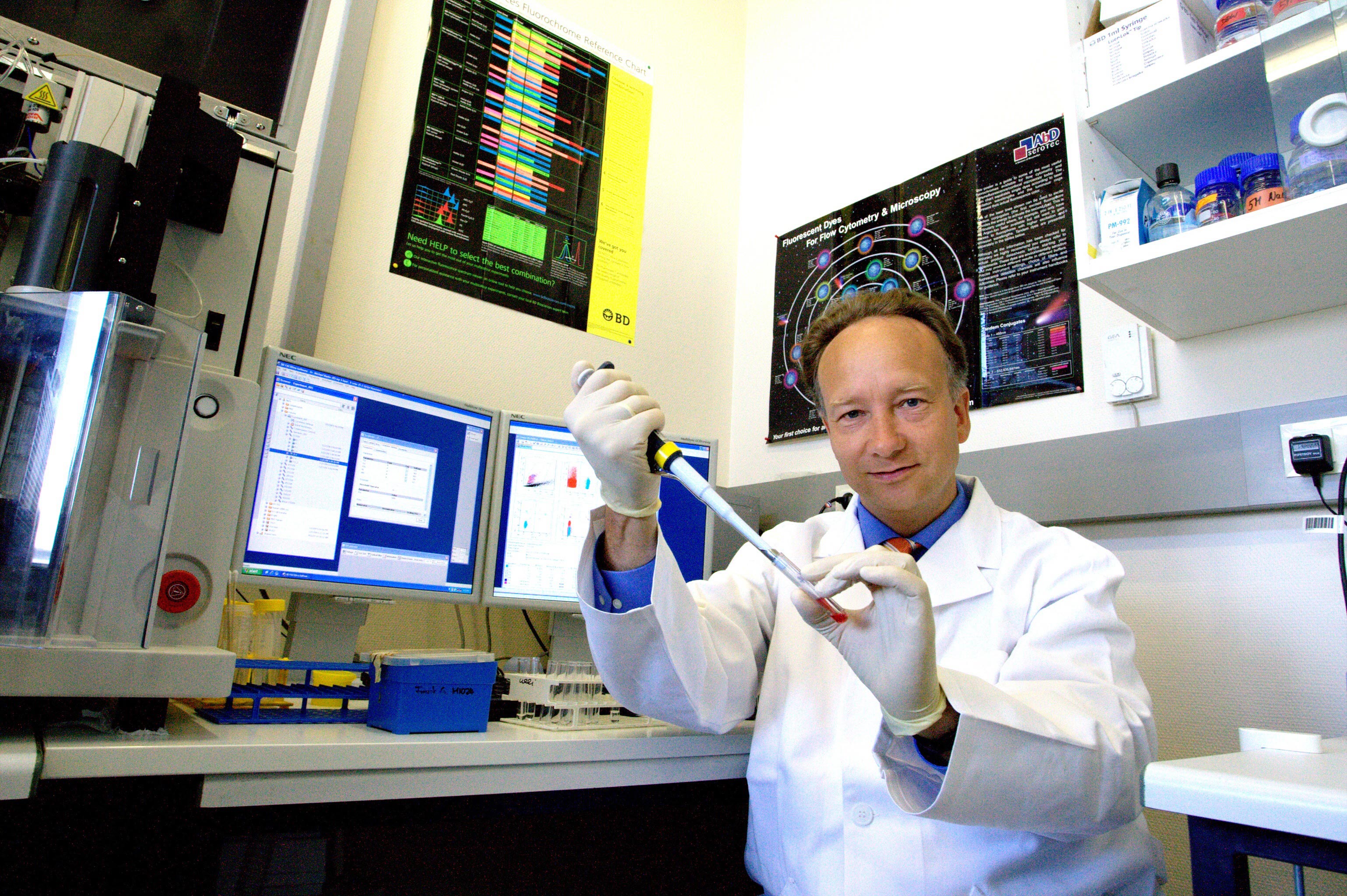
Preventing congenital blindness
The Velux foundation supports biologists from Konstanz and Kreuzlingen in studying the hereditary eye disease LCA.
Leber's congenital amaurosis (LCA) is a hereditary disease that appears at birth or in the first few months of life and can cause severe visual impairments or even complete blindness. To this day, very little is known about the biological mechanisms underlying this disease. To study the role that the protein FAT10 plays in the origin of LCA, the Velux foundation funds the Biotechnology Institute Thurgau (BITg) – an associated institute of the University of Konstanz in the neighbouring town of Kreuzlingen – with around 370,000 Swiss francs. Preliminary work by Dr Annette Aichem and Professor Marcus Groettrup, professor of immunology at the University of Konstanz and president of the executive committee of BITg, demonstrates a direct correlation between FAT10 and the way the hereditary disease damages the retina.
Degeneration of the retina triggers Leber's congenital amaurosis. The protein FAT10 might play a crucial role in this process. FAT10 is part of the immune system and is responsible for the specific degradation of other proteins. FAT10 can become misdirected through a genetic mutation of the protein AIPL1 in the retina and erroneously initiate the degradation of the proteins responsible for translating light impulses into electric signals. This leads to severe damage to the retina or even complete blindness.
"Our research results suggest that certain proteins have to be protected against the degradation by FAT10 in order to prevent damage to the retina. We could successfully demonstrate that AIPL1 performs this protective function," explains Marcus Groettrup. The protein AIPL 1 acts as some sort of "molecular framework" and ensures that the retina's structure develops correctly and is maintained. It prevents FAT10 from degrading important proteins of the retina. As a result of genetic mutations, however, AIPL1 might no longer be able to perform this protective function. As a consequence, relevant proteins are degraded by FAT10. "We have already identified the first target protein of FAT10 in the retina: the protein PDE6, which plays a role in the light reaction. In the research project funded by the Velux foundation in Zurich we will study the degradation of PDE6 in detail and clarify this process. We intend to carry out biochemical, molecular-biological as well as cell-biological experiments," says Marcus Groettrup. The researchers at the BITg want to determine how LCA develops and wish to contribute to the development of future treatments for this hereditary disease and related retinal diseases such as Retinitis pigmentosa.
